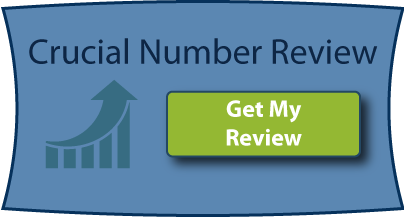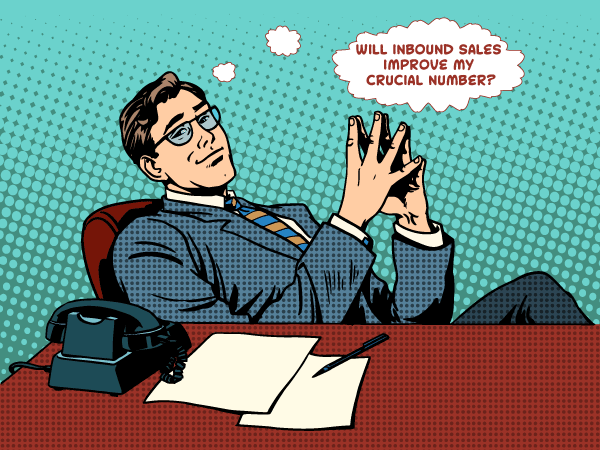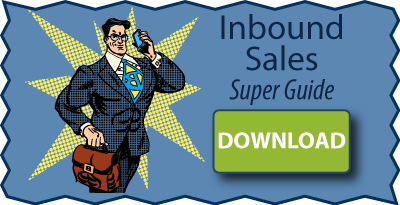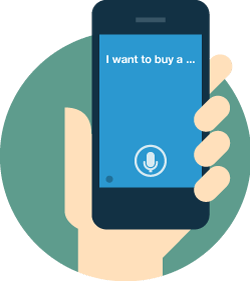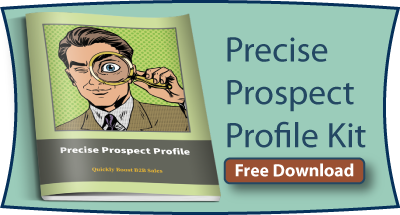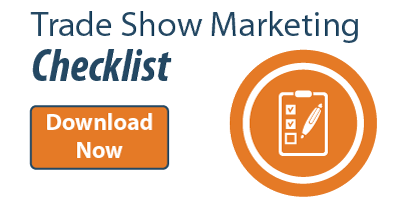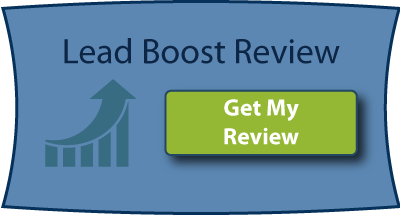Lately, we've been looking at the importance of your Crucial Number and Inbound Sales.
The Crucial Number is your company's cost to acquire a new customer. But what makes it crucial?
kro͞oSHəl
adjective
- decisive or critical, especially in the success or failure of something.
- life-and-death
Crucial means decisive or life and death. It's crucial because this one number determines the level of success for most companies.
Read on to learn why.
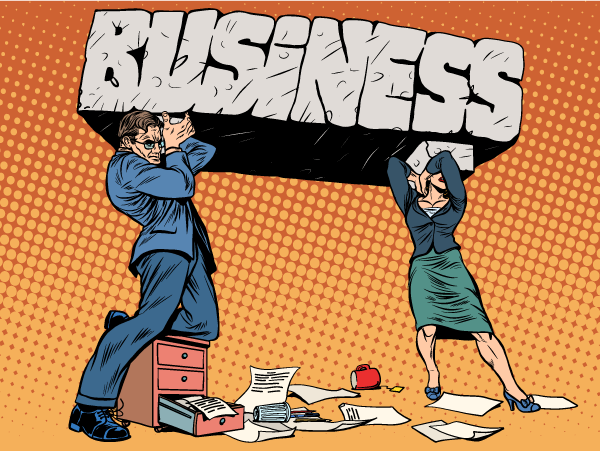
Predictable Sales Process
Is your sales process predictable or more hit or miss?
Smaller companies often depend on referrals for new business. Referrals are great—we love them and you should have them. But, they aren't predictable. Predictable sales are essential to scale and grow.
Or, your company may depend on a superstar salesperson. That can be good, too. It's just not very safe or predictable. What do you do when a competitor bribes your superstar to leave, or your superstar decides to work on their golf game for a few months?
Without a predictable sales process, you can't even calculate your Crucial Number, much less make improvements.
Knowing your Crucial Number means having a predictable process.
Lifetime Customer Value
There's a balance between the cost of acquiring a customer and the lifetime value of that customer.
Think of it like a vending machine that dispenses new customers. You deposit the cost to acquire a customer and a new customer pops out of the chute.
But is that new customer good for your business? Will they help your company thrive? When the Crucial Number is low enough and the Lifetime Value is high enough, you're in great shape.
If not, you've got two huge levers to improve your prospects:
- Reduce the cost to acquire a customer
Examine everything from marketing through sales to the final close to find bottlenecks and places you can improve efficiency. - Increase lifetime customer value
Increase prices or add more products and services to maximize customer value.
Map Your Sales Process
You can get a ballpark estimate of your Crucial Number by adding up all the cost of marketing, advertising, and sales. Everything. The total cost. Then, divide by the number of new customers.
Most people who do this for themselves leave out costs and come up with a number that's only a fraction of the real cost. Don't make this mistake.
Now, you've got a number. But, you don't know where to start optimizing, where to look for efficiencies and improvements.
To make real changes, you'll want to map out your sales process step-by-step. All the way from advertising or initial contact through to receiving payment from your new customer.
- What happens in each step?
- What is the conversion rate for each step?
- What does each step cost?
- Should the step be broken down into several sub-steps?
Look for places where the conversion rate drops off. That's where there's the best opportunity to make changes. If there's a step where 80% of prospects move forward, there may not be much room for improvement. If only 5% move forward, that step is a bottleneck and you can make a real impact.
The best way to compute your Crucial Number is to calculate the cost for each step, then add up the total cost. Now you really know how your business works, and can confidently initiate change.
I'll warn you that for B2B sales, it's not uncommon to have 30 steps or more. And larger companies may have multiple funnels that should be analyzed.
Takeaways
I realize that really understanding your Crucial Number and mapping your sales process takes some work. If you can come up with a better use of your time ... I dare you ... Leave a comment and tell us how!
If you want to review the specifics for your company, schedule a Crucial Number review. We’ll focus exclusively on your crucial number, sales process and opportunities to unblock your growth.

